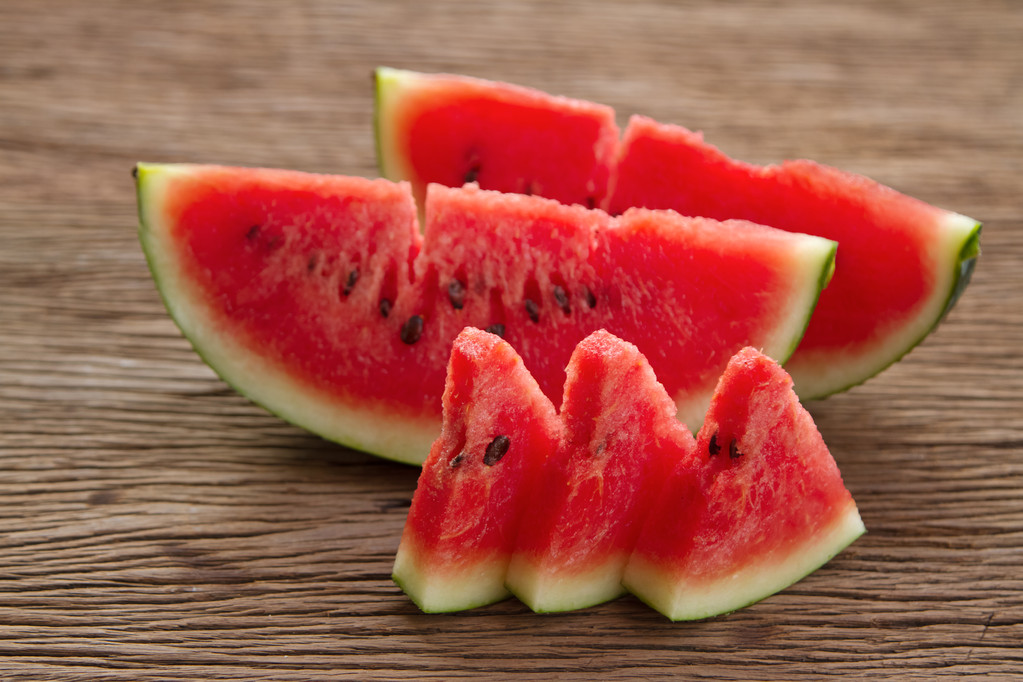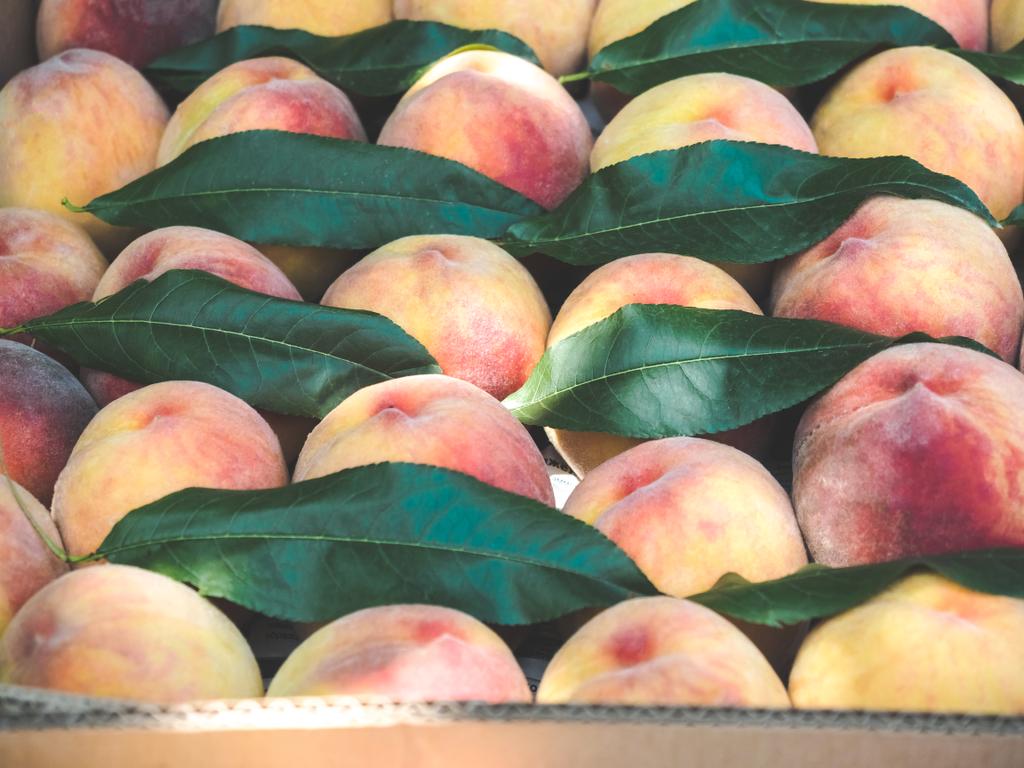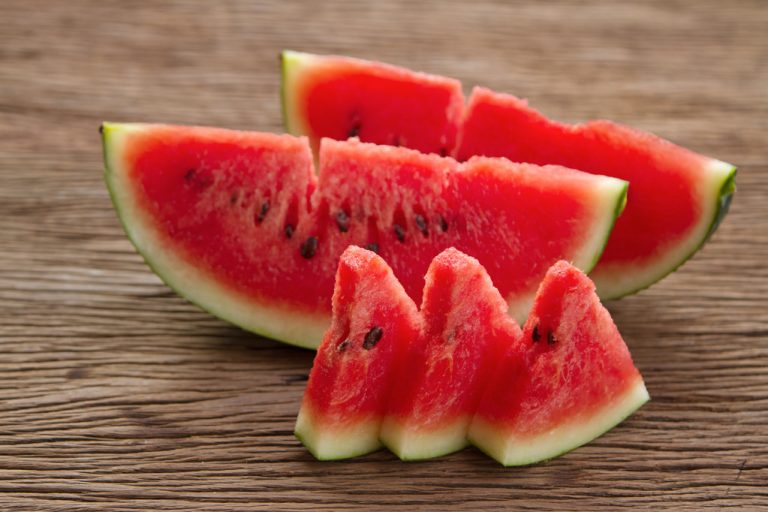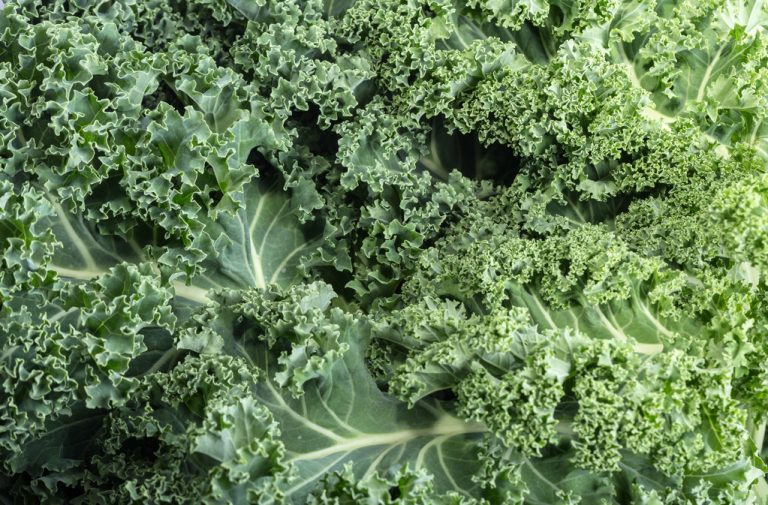Fruit is healthy. But: is too much fruit unhealthy? Experts are now showing when fruit can promote diseases such as diabetes, heart attacks or strokes.

Too much fruit: when does consumption become unhealthy?
According to the fructose even increases the likelihood of developing diabetes, heart attack and stroke. This also promotes obesity and cholesterol levels. But unlike glucose, fructose does not increase blood sugar levels.
This is finally broken down directly in the liver. However, a precursor of molecules is formed here that serves to store fat, as Dr. Philipp Gerber reports. Fat pads are no longer essential for survival these days and are therefore superfluous. They are considered unsightly, annoying and harmful to health.
Fructose has no direct benefit for the organism and, in large quantities, could stimulate substances such as uric acid, which can increase blood pressure and cause mild inflammation in the vascular system. This increases the risk of heart attacks and strokes.
Fruit does not provide any proteins, fats or B vitamins
According to the nutrition expert Birthe Wulf, the fear that the high sugar content of fruit can have a negative effect on body weight is rather inappropriate towards Edeka. In general, the more calories we consume, the more we should consume.
Among these 5 foods there is even a fruit that is said to promote weight loss. Anyone who thinks that they can only eat fruit is also wrong, because this would lead to an undersupply of vital nutrients such as fat, proteins and B vitamins. Bananas, pears and the like do not contain enough of these or none at all, but our body urgently needs them for metabolism.
In the right amount, fruit is completely harmless and really keeps us fit. Experts usually recommend the “five times a day rule”. This states that a daily consumption of three servings of vegetables in relation to two servings of fruit represents an ideal nutrient supplement.

Fructose can be dangerous: Negative effects from sweetened drinks
The levels at which fructose becomes problematic come primarily from sweetened beverages like soda, but also honey and orange juice. Consuming these sweet products over a longer period of time can have negative effects. However, there are also some types of fruit, some of which should better keep your hands off.







